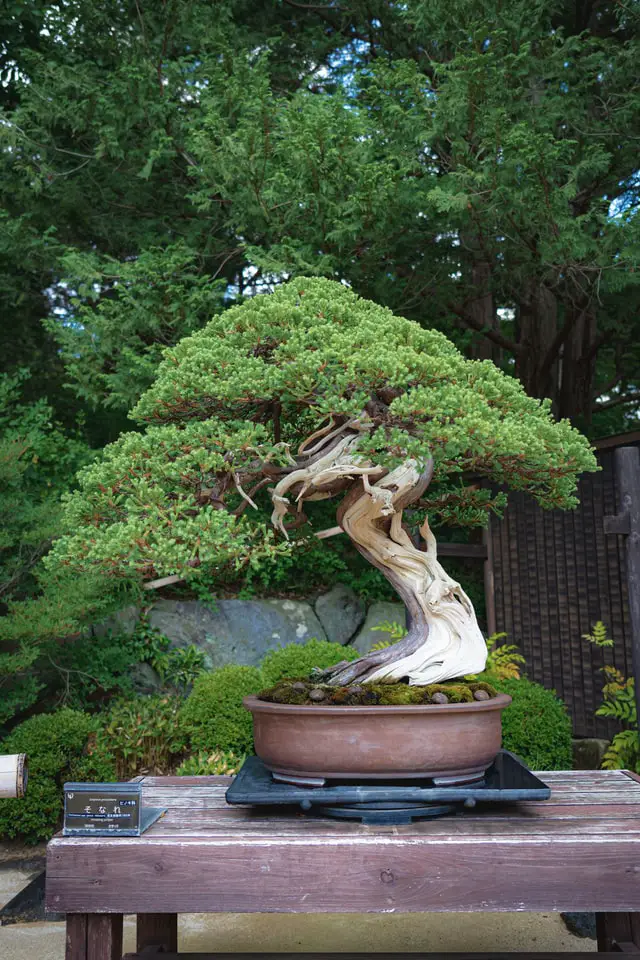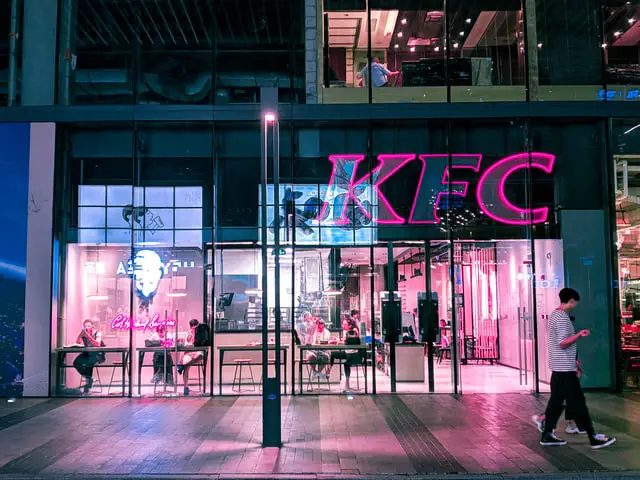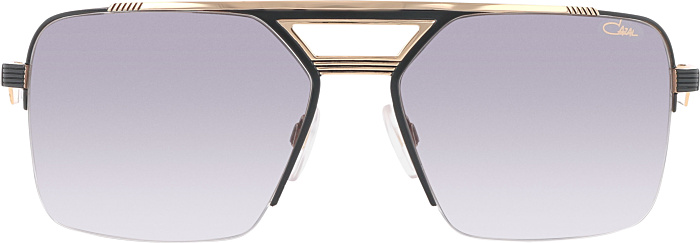Why do Hue lights cost so much?
Philips Hue lights are often considered expensive due to several factors, including their advanced technology, extensive features, and compatibility with smart home systems. Unlike standard bulbs, Hue lights offer customizable colors, dimming options, and remote control via apps or voice assistants. The initial investment can be higher, but many users find the quality and versatility worth the price.
Are Philips Hue lights expensive to run?
Philips Hue lights are not particularly expensive to run. On average, running a Hue bulb at full brightness costs about $9.99 per year. When in standby mode, the cost drops significantly to less than $0.11 annually. This efficiency is due to their LED technology, which consumes less power than traditional bulbs.
Is Philips Hue being discontinued?
There are no current indications that Philips Hue is being discontinued. The brand continues to release new products and updates, maintaining a strong presence in the smart lighting market.
What is the lifespan of a Hue light bulb?
Philips Hue bulbs typically have a lifespan of approximately 15,000 hours. This longevity is comparable to other LED bulbs and makes them a worthwhile investment for long-term use.
Do Hue lights waste electricity?
Hue lights do not waste electricity when used properly. They are designed to be energy-efficient, consuming less power than traditional incandescent bulbs. Their ability to be dimmed and controlled remotely helps minimize unnecessary energy use.
What is the point of Philips Hue?
The primary purpose of Philips Hue is to provide customizable and convenient lighting solutions that enhance home ambiance and functionality. Users can change colors, set schedules, and control lighting remotely, making it ideal for creating specific moods or improving home security.
Do Hue lights use a lot of WIFI?
Hue lights do require a Wi-Fi connection for remote control and integration with smart home systems, but they do not consume significant bandwidth. Once set up, they operate efficiently without causing noticeable strain on your network.
What is the advantage of Hue?
The advantages of Philips Hue include:
- Customization: Users can choose from millions of colors and adjust brightness levels.
- Smart Integration: Compatible with various smart home platforms like Amazon Alexa and Google Assistant.
- Remote Control: Lights can be controlled from anywhere using a smartphone app.
- Energy Efficiency: LED technology ensures lower energy consumption compared to traditional bulbs.
Why do Hue lights need a bridge?
Hue lights require a bridge (Hue Hub) to connect to your Wi-Fi network and enable communication between the bulbs and your smart devices. The bridge allows for advanced features such as remote access, scheduling, and integration with other smart home devices.
Why is Hue popular?
Philips Hue has gained popularity due to its high-quality products, user-friendly app interface, and extensive compatibility with other smart home devices. The ability to create personalized lighting experiences enhances user satisfaction.
Is Hue a quality of color?
Yes, “hue” refers to a quality of color that describes its position on the color wheel. It encompasses the different shades that colors can take on based on their wavelengths.
Why are hue colors so expensive?
Hue colors can be more expensive due to the technology involved in producing them and their ability to change dynamically based on user preferences. This advanced technology requires higher production costs compared to standard color options.
Is hue a color scheme?
“Hue” itself is not a color scheme; rather, it refers to the attribute of color that distinguishes it from others. However, hue can be part of various color schemes used in design and art.
Is hue the purest form of color?
Yes, hue represents the purest form of color without any tint (white) or shade (black) added. It reflects the true essence of a particular color.
What color kills blue in paint?
In painting, orange is often considered complementary to blue; thus, it can neutralize or “kill” blue when mixed together.
What color has no hue?
White is considered a color that has no hue because it does not reflect any specific wavelength of light associated with color; instead, it reflects all wavelengths equally.
Which hue is the darkest?
The darkest hue is typically black since it absorbs all wavelengths of visible light without reflecting any back.
What hue color is best for night?
Darker hues like deep blue or purple are often considered best for nighttime settings as they create a calming atmosphere while minimizing harsh light exposure.
What is the darkest color on Earth?
The darkest color known on Earth is Vantablack, which absorbs up to 99.965% of visible light, making it appear almost entirely black.
What hue is blacklight?
Blacklight emits ultraviolet (UV) light that causes certain materials to fluoresce. The visible light emitted appears violet or purple due to its high UV content.
What body fluids glow under black light?
Certain body fluids like saliva and urine may fluoresce under black light due to the presence of organic compounds or proteins that react with UV light.
What color is blood under UV light?
Under UV light, blood appears dark brownish-red due to the breakdown of hemoglobin when exposed to ultraviolet radiation.
What’s the closest color to black?
The closest colors to black are very dark shades such as charcoal or deep navy blue; these colors appear nearly black but still reflect some light.
What color is black technically?
Technically speaking, black is defined as the absence of visible light; it does not have any specific wavelength associated with it.
Is there a pure black color?
While pure black represents total absence of light, various pigments labeled as “black” may have slight variations in their composition that affect their appearance under different lighting conditions.
What was the color black originally called?
Historically, black was often referred to as “dark” or “sable,” derived from various languages describing darkness or absence of light.
What is the new black color called?
The term “new black” often refers colloquially to trends in fashion or design rather than an actual new pigment; however, shades like “off-black” or “charcoal” are sometimes used in this context.
What is the absence of all colors?
The absence of all colors results in black; when no wavelengths of visible light are present, we perceive darkness.













